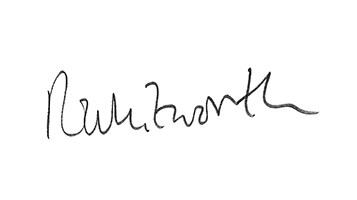Back in February 2015, we ran a cover feature – “Pioneers of Precision Medicine” – that recognized the criticality of collaboration when it came to solving some of the great healthcare challenges of our times. Jeremy Nicholson (Imperial College London) stated, “The next generation of medicine is going to be enabled by analytical chemistry [...] There is no time for complacency; achieving the translational goals that we have set is a great and ever shifting challenge that will take many years of hard work. Per ardua ad astra!” (1).
I like the word “translation”. Not only does it infer that previously incomprehensible words will be given meaning, it also mysteriously represents the “conversion of something from one form or medium into another” (so Google tells me) – and the example given? “The translation of research findings into clinical practice” – otherwise known as translational science. For me, translational science is all about tackling the bottleneck (or nexus, if we’re feeling positive) that exists between fundamental research and the meaningful application of that knowledge – a concept familiar to many analytical scientists. And that is why I am proud to point you to The Translational Scientist (2) – a publication devoted to the field. Editor Charlotte Barker noted in the first issue (January 2016): “Translational science is not a new concept – improving human health has always been a key goal for scientists – but it is only relatively recently that it has crystallized into a defined field. As the data navigated by basic and clinical scientists have become more complex, it is increasingly important to build solid bridges between basic and clinical research” (3). Interestingly, it seems as though the “solid bridge” is very often built on common ground – measurement science. As Editor-in-Chief of Analytical Chemistry, Jonathan Sweedler is in a great position to see the importance of this trend (here): “Because of the growth of measurement science in medical schools, engineering, physics, and other non-chemistry departments, analytical science is a field that is highly vibrant – and growing.” And though it may feel like the beginning of an identity crisis for some of you, clinicians and bioengineers ultimately need your analytical expertise to make translational science happen. Embrace opportunities to collaborate – or, better still, drive such collaborations when you feel you can contribute. After all, many translational projects will fail without high-quality, meaningful measurements.
Rich Whitworth
Editor

References
- http://tas.txp.to/0416/TS1 www.thetranslationalscientist.com http://tas.txp.to/0416/TS3




